List of contributors
Foreword
Introduction
About this book
How to Use this book
1 Understanding pig welfare
1.1 Good welfare, more than just being healthy
1.2 A global understanding of animal welfare
1.2.1 Europe
1.2.2 North America and Canada
1.2.3 Asia
1.2.4 Latin America
1.2.5 Australia
1.2.6 Africa
2 Making the business case for animal welfare
2.1 The profts of improving pig welfare
2.2 Animal welfare, society and economics
2.3 The costs of tail damage
2.4 Cost–beneft analysis: gilt rearing
2.5 Economic evaluation of farrowing systems
2.6 Make your own cost–beneft analysis
3 Assessing animal welfare
3.1 Iceberg indicators
3.1.1 Stereotypies
3.1.2 Tail posture
3.1.3 Fearfulness
3.1.4 Vocalizations
3.1.5 Tear staining
3.1.6 Skin lesions at slaughter
3.2 Welfare assessment methods
3.3 Qualitative behaviour assessment
3.4 Precision farming for automatic detection of welfare risks
3.5 Animal welfare apps
3.6 Know the welfare of your pigs
4 What you can do to improve animal welfare?
4.1 Improving human–animal interactions
4.2 Appropriate enrichment
4.3 Piglet welfare
4.3.1 Large litters and pre-weaning mortality
4.3.2 Management procedures
4.3.3 Euthanasia
4.4 Welfare from weaning to fattening
4.4.1 Weaning
4.4.2 Tail biting
4.4.3 Aggression
4.5 Welfare of boars
4.6 Welfare of lactating sows
4.6.1 Nest building
4.6.2 Farrowing
4.6.3 Farrowing pain
4.6.4 Shoulder ulcers and udder lesions
4.7 Welfare of gestating sows
4.7.1 Pre-natal stress
4.7.2 Aggression between sows 137
4.7.3 Hunger
4.7.4 Lameness
4.8 Welfare of cull sows
4.9 Rearing gilts for a better future herd
4.10 Make a stepwise action plan for improving welfare
Appendices
Appendix 1: Welfare Quality® form for sows and piglets
Appendix 2: Welfare Quality® form for growing pigs
Appendix 3: Scoring list for pig qualitative behaviour assessment
Appendix 4: Checklists for suitability of enrichment objects
Appendix 5: Calculation guide for the amount of enrichment
Index
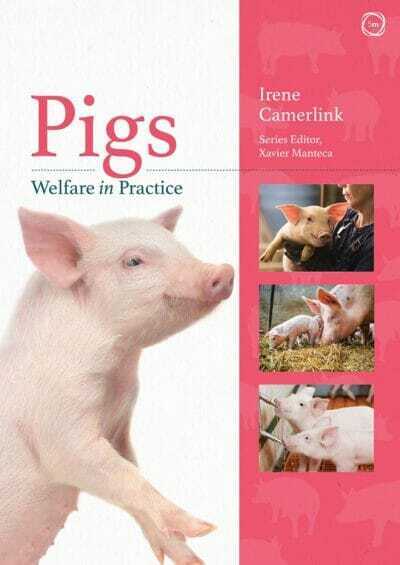


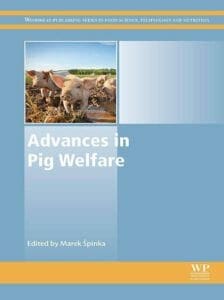

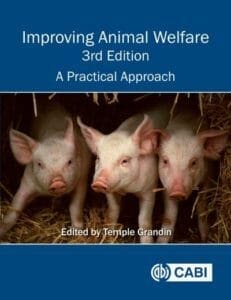
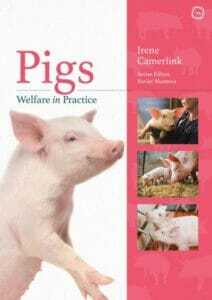
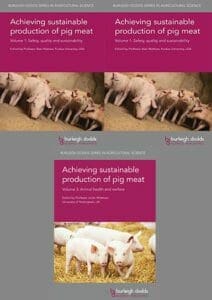






![Ettinger’s Textbook of Veterinary Internal Medicine 9th Edition [PDF+Videos] Ettinger’s Textbook of Veterinary Internal Medicine 9th Edition [True PDF+Videos]](https://www.vet-ebooks.com/wp-content/uploads/2024/10/ettingers-textbook-of-veterinary-internal-medicine-9th-edition-100x70.jpg)

![Textbook of Veterinary Diagnostic Radiology 8th Edition [PDF+Videos+Quizzes] Thrall’s Textbook of Veterinary Diagnostic Radiology, 8th edition PDF](https://www.vet-ebooks.com/wp-content/uploads/2019/09/textbook-of-veterinary-diagnostic-radiology-8th-edition-100x70.jpg)






